Of all the things that go to make up the personality of a car, ride and handling are right at the top of the list.
A good chunk of the way it feels, comforts, thrills and feeds back intentions to the driver are down to those two things. And while drivetrains are changing radically, the basics of what controls suspension have remained fairly constant, with springs of some sort to keep it off the ground and ride the bumps and dampers calming their excitation. Still, there have been plenty of variations on the theme, and one of the latest is Multimatic’s True Active Spool Valve (TASV) system, introduced by the Ferrari Purosangue SUV.
Broadly speaking, there are two types of suspension: passive and adaptive. Passive springs are those familiar coils of spring steel, twisting torsion bars or, once upon a time, leaves of flat steel. These days, passive dampers usually consist of a piston in a tube displacing gas, oil or both to resist movement. Passive dampers can be fancy in their design and effect but ultimately aren’t smart. Adaptive dampers are the opposite, changing resistance and response on the fly under electronic control.
Some do that through electronically controlled internal valves, while the unique Magneride system (a Delphi creation) does it with gloriously named magnetorheological fluid, which gets thicker in response to electromagnetics built into the units and linked to the chassis’ ‘brain’. Adaptive or active suspension includes air springs of the type used by premium brands such as Audi, BMW, Land Rover and Mercedes-Benz.
All these systems work in conjunction with either conventional steel springs or pneumatic air springs. None is truly active in the sense that springs are replaced entirely by 1980s Formula 1-style hydraulic actuators. Back then, engineers struggled with having enough computing power to crunch the vast amount of data involved, but things have changed a lot since then. Despite that access to modern, mega-fast electronics, the TASV system still works in conjunction with springs but, claims Multimatic, “redefines the role of dampers, transforming the suspension into an active system capable of exerting enough force to move the entire vehicle body”. It does that when it anticipates, say, a bump in the road coming or detects that the driver is about to make a steering input or slam on the brakes.
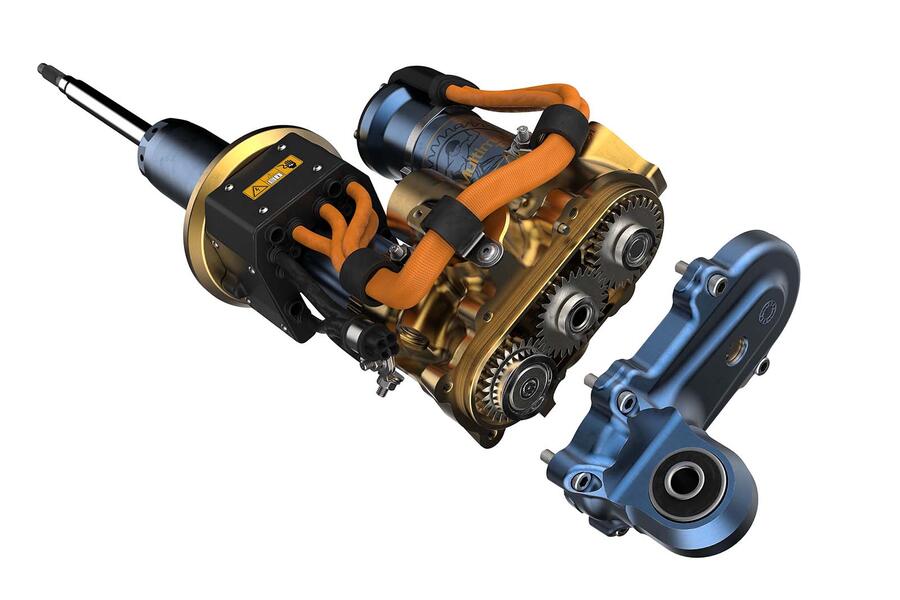
It’s the spool valves in the TASV system that perform the magic tricks, adjusting compression and rebound on the fly very fast. The spool-valve hydraulic dampers can also work with springs, exerting a force to prevent body roll, thus doing away with physical anti-roll bars. Multimatic claims the system controls wheel motions at higher frequencies and with greater authority than other adaptive or semi-active systems, too.
The dampers contain control modules linked to the car’s vehicle dynamics controller, making the system clever enough to alter fore and aft pitch during acceleration and braking (so keeping it flat) as well as influence understeer and oversteer as they happen.
The new Cummins hydrogen truck engine
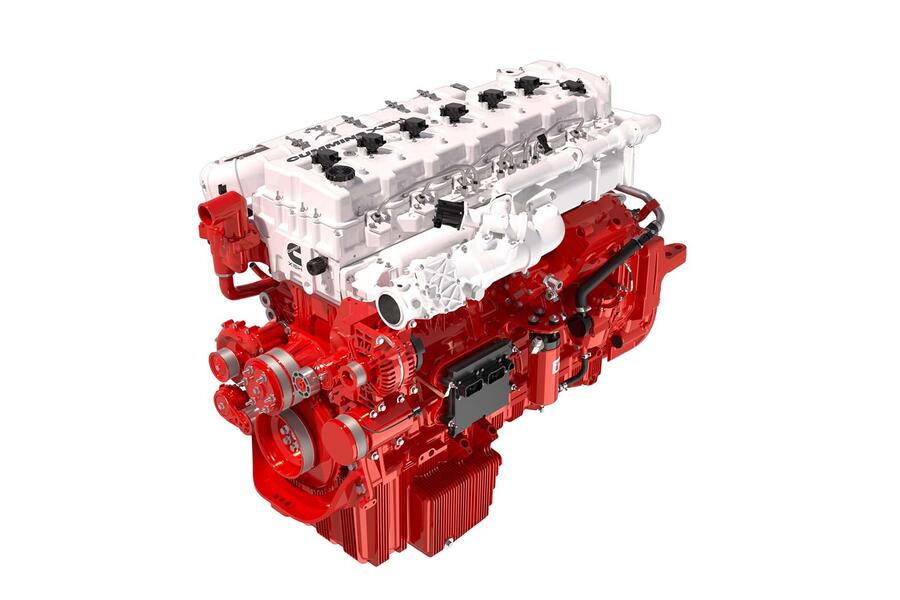
It’s thought that hydrogen as a road fuel will take off first in heavy vehicles like buses and trucks. Cummins showed off its new X15H engine at the recent IAA Transportation Show. Aimed at trucks weighing up to 44 tonnes, it produces a mighty 530bhp and 1917lb ft, dispelling the mistaken idea that hydrogen equals low power. Cummins is also investing in establishing 600 electrolysers in 100 countries to produce green hydrogen.


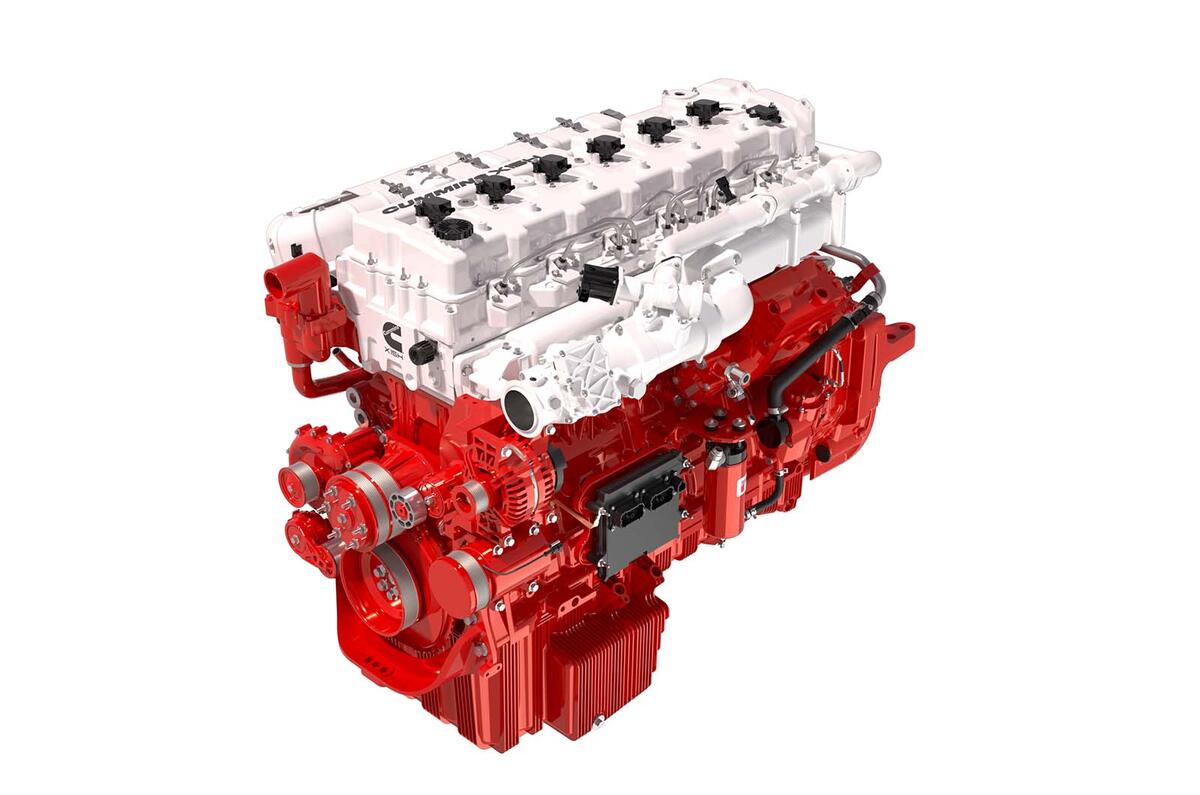
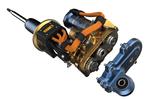
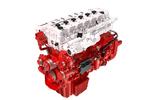


Add your comment